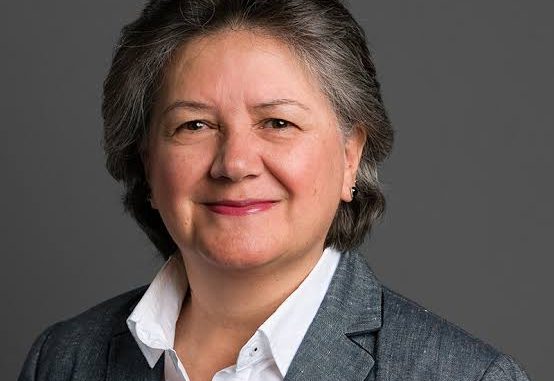
As part of the annual Foreign Policy Association-SUNY Global Engagement Speaker Series, SUNY New Paltz alumni Jessica Faieta delivered a lecture last Thursday to both a live and virtual audience titled “Is Latin America the Most Violent Region in the World?” The lecture examined the causes, effects and possible solutions to the problem of rampant violence in the region.
Faieta works as a Senior Fellow at the Yale Jackson School of Global Affairs. She has also served with distinction in the United Nations for over 28 years, currently as the Resident Representative of the United Nations Development Program (UNDP) in Colombia and the Resident Coordinator of the United Nations System in Colombia. Her recent lecture was the result of her and her colleague’s research at the UN into the high rate of violence in Latin America.
Homicide rates are measured as one homicide per 100,000 people. According to Faieta, the global homicide rate is around five, Europe’s homicide rate is less than one and the United States’ rate is 6.5. Latin America’s homicide rate is 18, and some Latin American countries lay far above that number.
There are many factors surrounding the issue: poor economic performance, poverty, unemployment, the large number of weapons that circulate the region and substance abuse. But Faieta said the most important one is organized crime – cartels and the drug trade. Cartels are expanding their networks at home and abroad, with groups such as the infamous Mexican cartels reaching outside of their country’s borders; many Latin American governments are not able to respond at such a scale. “They’re overstretched, and organized crime has more guns, more money than the government forces,” Faieta said, adding that the governments are also vulnerable to corruption.
Kidnapping, human smuggling and illegal mining and logging are among the cartels’ criminal activities, but the cocaine industry is by far the most profitable. A United Nations Office of Drugs and Crime report found that Colombia makes two-thirds of the cocaine produced in Latin America, yielding $18 billion in cocaine exports – roughly equal to the country’s petroleum industry. By the time the cocaine reaches Asia or the United States, its value is “multiplied by 105,” according to Faieta.
The violence in Latin America is costly to both its public and private sectors, and the money lost could “otherwise be used in a much-needed social investment to counteract the root causes of these environments,” said Faieta. People are either displaced or forced to migrate because of the violence, undermining their trust in the government, with Latin Americans demanding that their institutions take a hardline stance against crime. “According to Latinobarometro, for instance, less than 50% of [Latin Americans] care about democracy,” said Faieta. “They would be very willing to have an authoritarian government.”
A number of solutions have been offered, some controversial. El Salvadorean President Nayib Bukele has employed the mass imprisonment of gang members, which was successful in reducing El Salvador’s homicide rate but raised concerns about human rights abuses. The decriminalization of drugs has been offered as another solution. Faiete believes that Latin America requires cooperation with the international community, and also “needs governments that can put policies in place that are based in evidence, not just political response.”
The Global Engagement Speaker Series is produced by the SUNY Global Engagement Program in partnership with the FPA. Recordings of the lecture series can be found on the FPA website.
